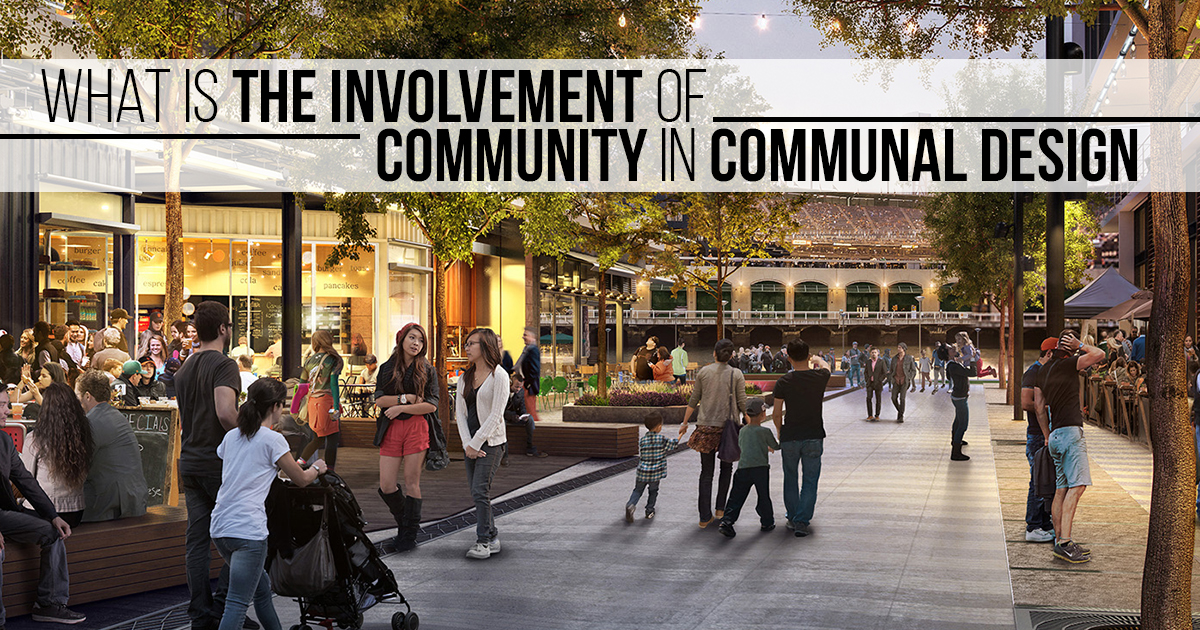Now Reading: Post-Pandemic Real Estate Shocks: What Buyers Must Know Now 2025
-
01
Post-Pandemic Real Estate Shocks: What Buyers Must Know Now 2025
Post-Pandemic Real Estate Shocks: What Buyers Must Know Now 2025

The COVID-19 pandemic changed how people live, work, and think about “home.” From remote work to rising housing costs and shifting buyer preferences, the real estate market today looks very different from just a few years ago. But which of these changes are temporary—and which are here to stay?
Let’s explore what’s changed for good in the post-pandemic real estate world and what it means for buyers, sellers, and investors.
1. Remote Work Has Redefined Home Location Preferences

Before 2020, many people chose homes based on their office’s location. Today, remote and hybrid work have become the norm for millions of professionals.
What this means:
- People are moving away from expensive cities to more affordable suburbs or rural areas.
- “Zoom towns” have emerged—small towns with growing populations due to remote workers.
- Buyers now prioritize home offices, faster internet, and larger living spaces.
This trend is likely to stay. Companies offering remote work attract top talent, and employees appreciate the freedom and savings from skipping the commute.
2. The Rise of Suburbs and Secondary Cities

During the pandemic, many people left big cities like New York, San Francisco, and Los Angeles for suburbs and smaller cities. The demand for suburban homes increased, causing prices to rise in these areas.
Post-pandemic trend:
- Cities like Austin, Nashville, and Raleigh saw huge population growth.
- Suburban areas now offer more entertainment, restaurants, and amenities.
- Families prefer suburban homes with backyards and space for kids to play.
Experts predict that while big cities will always have appeal, secondary cities will continue to thrive thanks to lower costs and better work-life balance.
3. Home Prices and Rents Have Skyrocketed

One of the biggest changes in real estate since 2020 is the cost. Home prices rose sharply due to low interest rates, high demand, and limited supply. Rents also soared in many cities.
Key points:
- Many first-time buyers were priced out of the market.
- Investors bought large numbers of homes, competing with regular buyers.
- As interest rates rise, affordability becomes a bigger concern.
While the market has cooled in some places, experts say high prices are here to stay—especially in popular or fast-growing areas.
4. Virtual Tours and Digital Closings Are the New Norm
The pandemic forced real estate to go digital. In-person open houses were replaced with 3D virtual tours, and many closings happened online.
Now permanent features include:
- Online mortgage approvals
- e-Signatures and remote notarizations
- Virtual home tours with drones and VR
This shift saves time, improves access for remote buyers, and adds convenience. As technology improves, expect even more digital innovation in home buying.
5. Wellness and Space Now Top Buyer Priorities
The pandemic made people rethink what they want from their homes. Health, space, and comfort became top priorities.
What buyers now look for:
- Home gyms, gardens, and outdoor spaces
- Air filtration and touch-free technology
- Flexible rooms for remote work or school
Builders have responded by designing homes with wellness in mind—something that’s likely to stay in demand for years.
6. Real Estate as a Safe Investment
Amid global uncertainty, many turned to real estate as a safer investment option.
Why?
- Real estate offers long-term value and steady returns.
- Rental properties generate passive income.
- Unlike stocks, housing is a tangible asset with less daily volatility.
With inflation and economic shifts, many investors now see real estate as a hedge against risk—especially in stable markets.
7. New Challenges: Affordability and Housing Supply
While many trends are positive, the post-pandemic real estate market also faces serious challenges.
Key concerns include:
- Lack of affordable housing for middle- and low-income buyers
- Zoning laws that limit new construction
- Rising mortgage rates that reduce buyer power
Governments and developers are now working to build more homes and make housing accessible—but change takes time.
8. What’s Here to Stay?
Some trends may fade as the world returns to “normal,” but several real estate changes are likely permanent:
Remote work influencing home location
Demand for space, nature, and wellness
Tech-driven home buying and selling
Strong interest in real estate as investment
Growth of suburbs and smaller cities
Conclusion
The real estate world has changed—and it’s not going back. Whether you’re a buyer, seller, investor, or renter, understanding these shifts can help you make smarter decisions.
In this post-pandemic world, flexibility, digital tools, and lifestyle choices play a bigger role than ever in the housing market. Knowing what’s changed for good is key to thriving in this new era of real estate.
Read More:- Shobha Realty Launches Its Most Luxurious Project Yet—Full Details Inside 2025





















